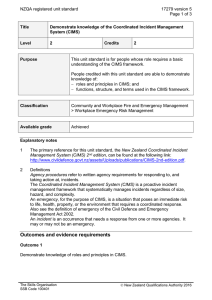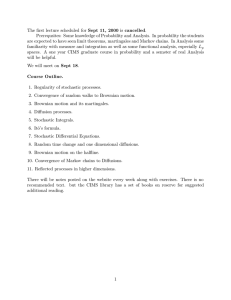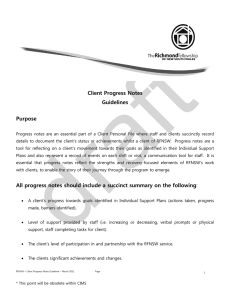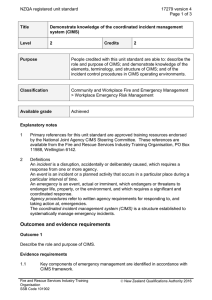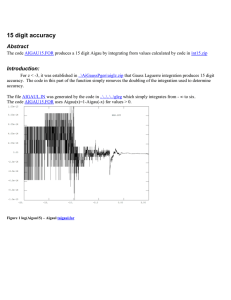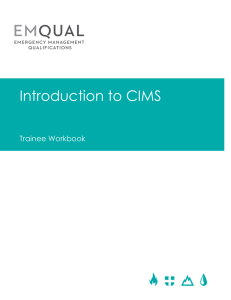Week 13 COMPUTER INTEGRATED MANUFACTURING SYSTEM (CIMS) Matakuliah
advertisement
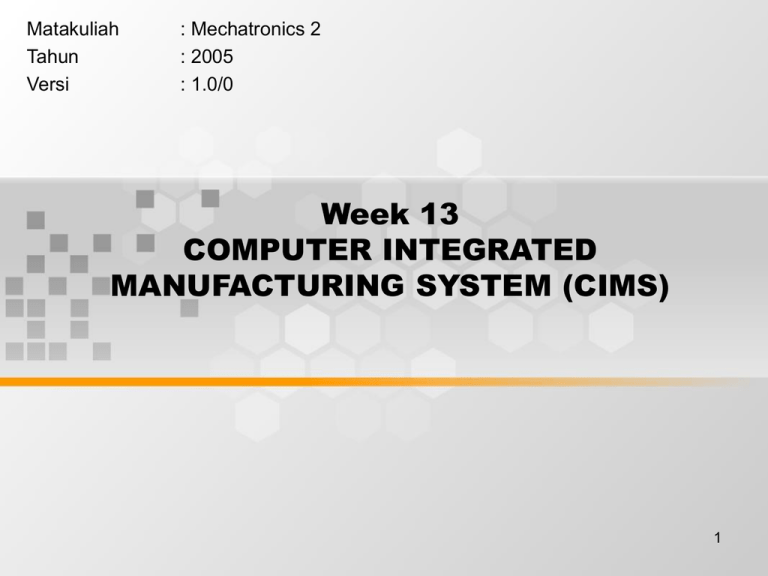
Matakuliah Tahun Versi : Mechatronics 2 : 2005 : 1.0/0 Week 13 COMPUTER INTEGRATED MANUFACTURING SYSTEM (CIMS) 1 Learning Outcomes • By the end of this session, students will have a general understanding of CIMS. 2 Elements Manufacturing Model 1) Man Power Methods Materials Plants Business Administration Obtaining Business Defining Products and Processes Production Distribution Product and Customer Support Functions 1)Duncan, L.W.; “Manufacturing 2000” 3 Man Power Composition 1) 35% 30% 25% 20% 15% 10% 5% 0% 1 2 3 4 5 6 Trend of Shift Direction 4 Characteristics of Industrial Plants • Mechanical Plant – – – – Transient time << No. of variables << Measured variables >> System parameters relatively vary from one condition to another • Process Plant – – – – Transient time >> No. of variables >> Measured variables << System parameters relatively constant 5 Types of Automation Quantity Relatively Low Continuous Flow Production Changes of System Parameters Mass Production Relatively High Batch Production Job Shop Production Variety 6 Production Volume vs. Part Variety Ref. Groover, Zimmers Jr. 7 CIMS • Designed to fill the gap between high production transfer lines and low production NC machines. • It incorporates CAD/CAM technologies, e.g. – Computer Numerical Control. – Automated inspection methods. – Industrial robots. 8 Types of Manufacturing System • Special manufacturing system. • Manufacturing cell. • Flexible Manufacturing System (FMS). Ref. Groover, Zimmers Jr. 9 Machine Tools • Standard CNC machines • Inspection stations. • Selection of machine tools which make up a CIMS depends on the processing requirements. Factors that define the processing requirements – – – – – – Part size Part shape Part variety Product life cycle Definition of future parts. Operation other than machining, e.g. assembly and inspection tasks. 10 Computer Control System • • • • • • • Machine control. Direct numerical control. Production control. Traffic control. Shuttle control. Work handling system monitoring. System performance monitoring and reporting. 11 Benefits of CIMS • • • • Increasing machine utilization. Shorter manufacturing lead time. Lower in process inventory. Scheduling flexibility. 12


